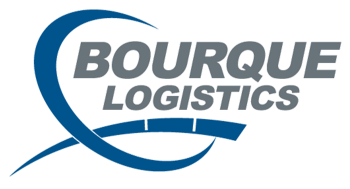A comprehensive railcar tracking, and fleet management tool provides real-time analysis for a complete shipping operation. Having the ability to analyze metrics on the go can be essential.
- ERP Shipment Integration. Synchronize shipment creation and status updates such as in-transit ETAs, arrivals, and departures to corporate ERP systems.
- Track and Trace. Scheduled and on-demand shipment reporting by parameters such as origin, destination, route, fleet, product, and custom wildcard assignments.
- ETAs. Estimated times of arrival derived from railroad train schedules and historical route statistics.
- Jeopardized Shipments. Automatically identify and report on shipments indicating bad order, off route, late, no-bill, and other fleet-defined parameters.
- Diversion Management. Record and accurately report on loaded, empty, storage, and shop diversions.
- Fleet Definitions. Manual and automatic assignment of railcars to defined fleets and groups.
- Cycle-Time Analysis. Transit times analysis by railroad segment for routes as well as hold and dwell times at customer/shop/storage yard locations.
- Demurrage. Execute and manage demurrage programs that monitor over-allowance times at consignees.
- Railcar Profiles. Easily maintain a detailed database of railcar mechanical lease and compliance testing specifications.
- Lease Management. Easily manage railcar lease and sub-lease agreements to automatically flag upcoming off-lease cars, audit lease invoices, and accurately identify shop credits.
- Custom Reporting. Robust current and historical ad-hoc reporting on a multitude of user-defined parameters.
- Consignee Portal Access. Automated email distribution and portal access for shipment monitoring by customers, shops, storage facilities.
- Fleet Sizing. Evaluate the size of designated railcar fleets required by production and customer demand based on historical transit and cycle times.

